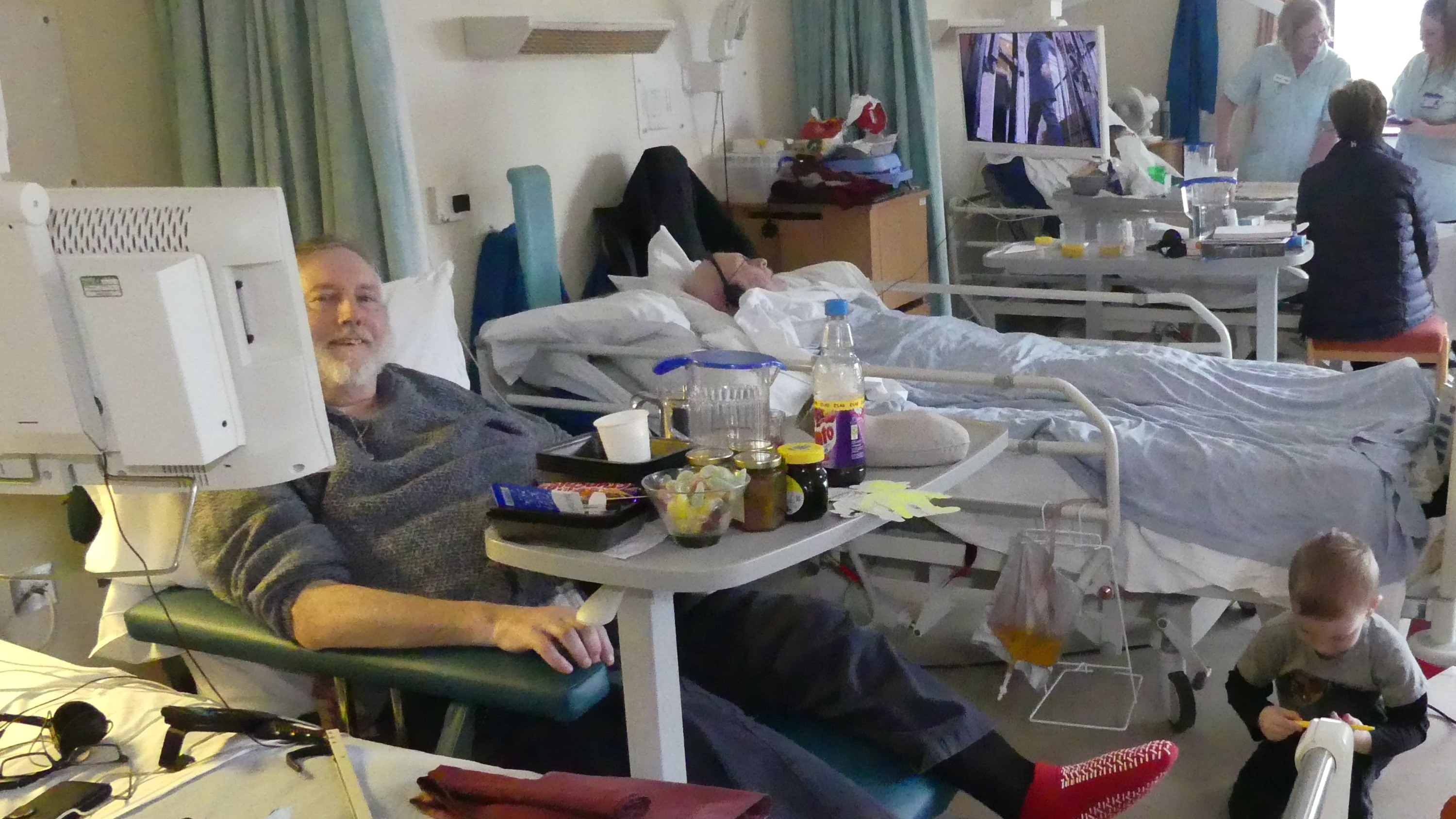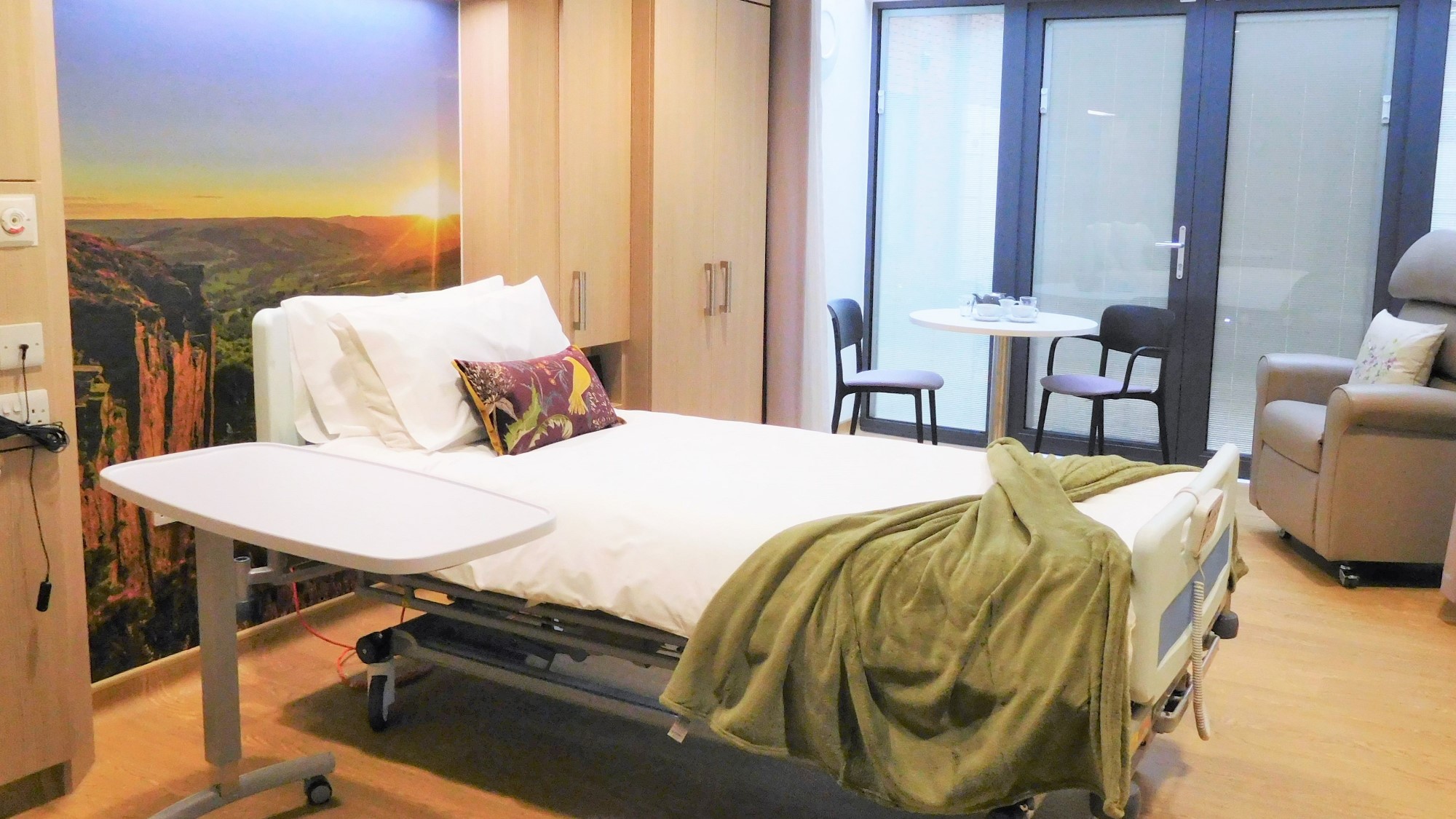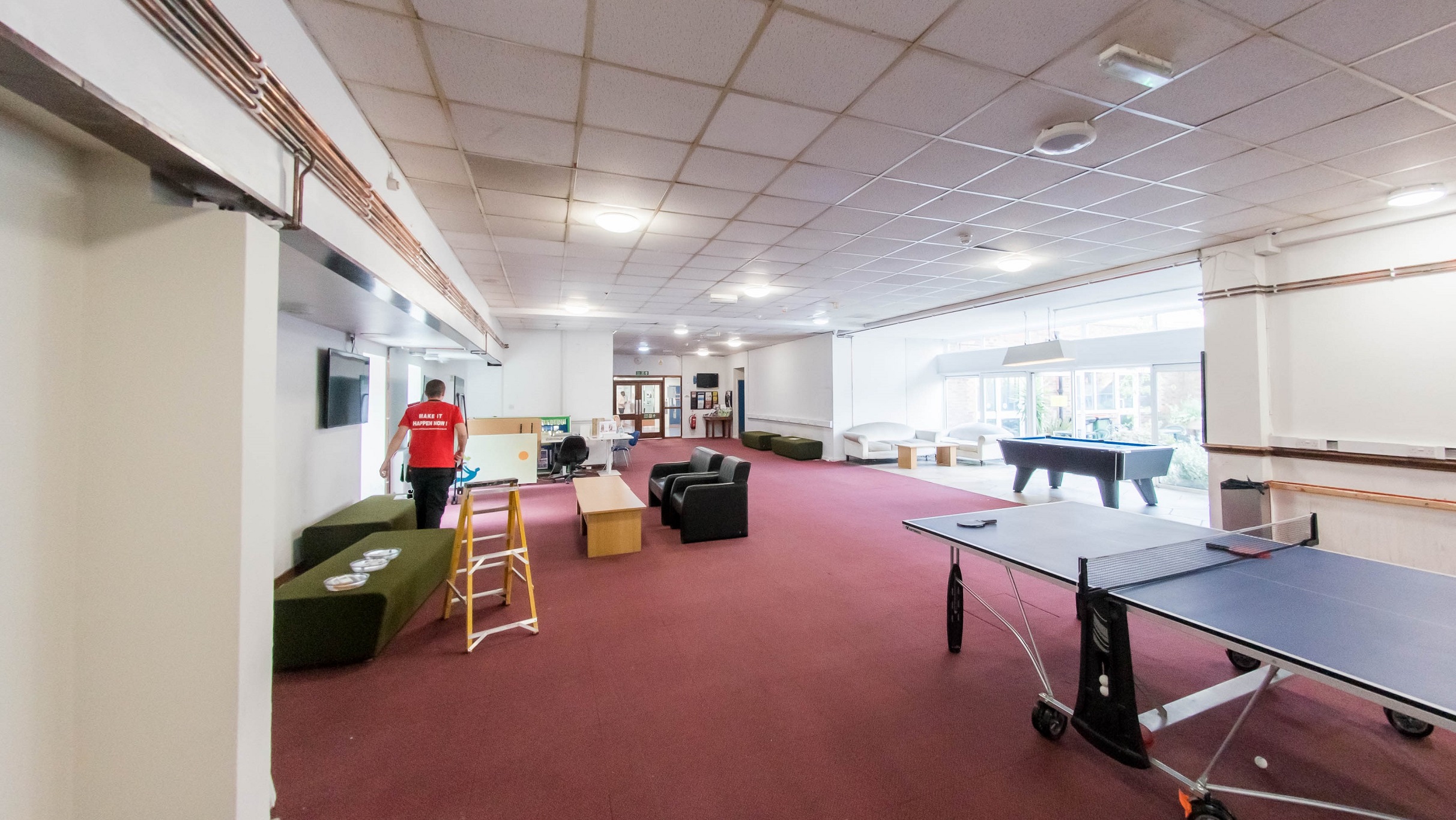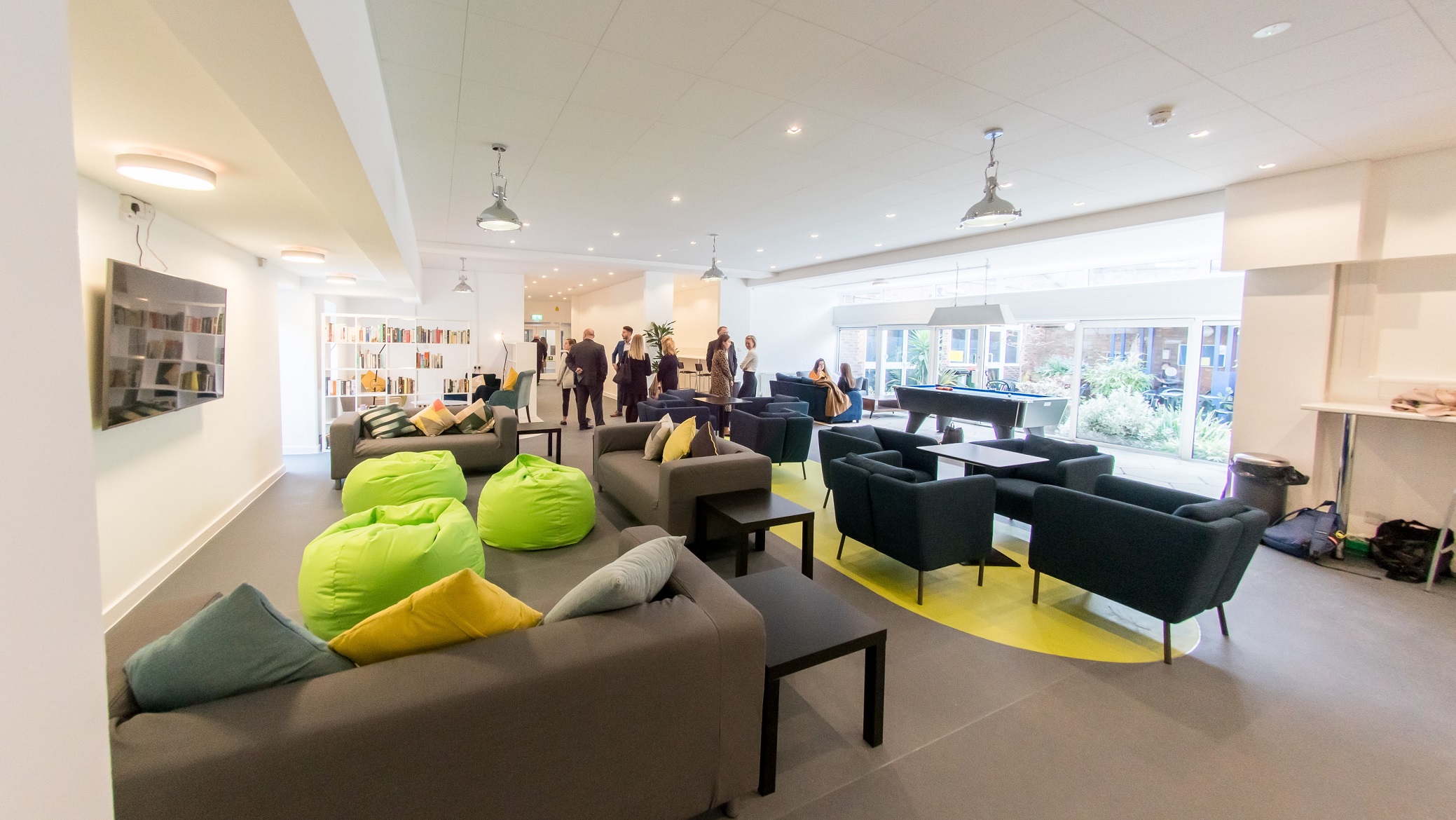
Q: Tell us a bit about CRASH and what the charity does
Alan Brookes: CRASH is the construction industry’s charity that helps homelessness and hospice organisations with their construction projects – creating places that care for people when they’re at their most vulnerable. We operate across the UK and have worked on projects from Exeter to the north of Scotland. The charity is a team of five people at its core supported by a group of patron companies who make a donation each year.
Q: How does the charity work in practice?
AB: There are two parts to what we do. The first part, and the bulk of our work, is advisory. We try to coordinate the input of everything across a project from the surveyors, to the contractors, to the materials’ suppliers.
The professional expertise of our patron, or companies that aren’t patrons but are happy to help, is used to carry out surveys to ascertain whether a project is worthwhile and advise what will be involved from a construction perspective. If the project goes ahead, further expertise can be used to help with the planning process, adhering to building regulations, choosing a contractor – all of which need specific construction knowhow.
If it’s a bigger scheme, some of our contractor patrons may offer to do the work, either at cost or free in some cases. Other patrons may get involved on the materials side, for example Dulux may supply paints free of charge or at a significant discount.
The second part of what we do, and often the two combine, is fundraising and grant giving. We raise our cash through patron subscription donations and industry specific charity events that we organise for firms – anything from a dragon boat race to a treasure hunt event. The money collected is then given out as grants – we usually spend about £200,000-250,000 a year in grant money, with each individual grant being typically £20,000-30,000. Often what a grant does is kickstart a project so that other funding can take place to move it forward.
Q: What kind of projects do you work on?
AB: Often a hospice or a homeless charity will come to us saying they’ve got a building, or they’re thinking of taking on a building, but it will need some conversion work – whether that be converting it into bedrooms, a kitchen or a meeting hall. Recently we’ve seen a lot more requests for hospice car parks. Car parks have become incredibly important. Someone going to see a relative at the end of their life often can’t park their car, which just adds to the stress and panic of the situation.
Case study: Ashgate Hospicecare

Ashgate Hospicecare provides specialist palliative and end-of-life care to the people of North Derbyshire. After CRASH visited the hospice, it was clear that the current environment that the patients and families experienced in the cramped, shared wards was no longer fit for purpose. The overcrowding and lack of privacy was having a negative impact on the lives of the patients and their families.
CRASH and its patron companies transformed the busy ground floor three-bedded bays into spacious individual bedrooms that offer privacy in a modern and dignified environment.
The total value of support given by CRASH Patron companies: Arcadis, British Gypsum, Geberit, Dulux Trade and supporters came to £30,253. CRASH awarded a £30,000 cash grant bringing the total value of support to £60,253.

Q: How do you prioritise which requests to take on?
AB: Applications are made through a form on the CRASH website. The first thing to check is if an application meets certain criteria: is it a hospice or a homeless charity Is it registered with the charity commission? Is the scheme legitimate?
If it meets the criteria we’ll send someone out to survey the project. Sometimes we reject the project, and recommend that the charity rejects it as well. As an example, occasionally a building may be offered to a charity but rather than being assets these buildings are actually liabilities, so our advice will often be not to move forward.
Or sometimes we’ll speak to charities that have raised, for example £5,000 for a scheme that we estimate will cost £25,000 or £50,000 to complete. Our advice in that case may be to offer a package, but delay it while they do more fundraising; or advise they scale their plans down to a more affordable scheme.
Overall, the initial survey determines the viability of the scheme and then we talk it through with the charity, discussing what they’re looking to do and how we think it could work.
Q: Are sustainability goals factored into this work?
AB: It’s definitely something we try to do, and something we’re looking to improve. To be honest it depends on the point in time at which you get involved with a scheme. If you get in early enough you can have conversations about the quality and sustainability of the project. I think clients, in this case the charities, are starting to think about these things more now. Sometimes we can use grants as a way to allow a more sustainable build, sometimes we can just make clients aware of it and leave them with a list of things to consider.
One thing we’re thinking about is whether including something along the lines of a maintenance improvement plan for buildings that allows clients to consider further steps in the future would be feasible and useful. We do need to be careful that we don’t overwhelm the charities though; at the end of the day their priority is trying to look after homeless people or people in a hospice.
Q: What made you get involved with CRASH?
AB: When Francesca Roberts became chief executive of CRASH in 2007 she approached me to get involved. In 2014 I joined the trustees before taking over as chair.
Homeless charities offer people hope and hospices give people dignity, and I wanted to be a part of that. What people often don’t realise is that seemingly small things can have a significant impact on people’s lives. If you’re homeless, for example, you have no address so you can’t really get help or a job. Giving a homeless person a studio room for a while could be the first step in them getting their dignity and self-esteem back.
Many hospices rely heavily on funding from their charity shops. While they’re very well run, if the charity shops can no longer make money, as happened during the COVID-19 pandemic, then funding stops. That car park they need or the damp bedroom they need to repair becomes impossible and it’s just not fair on the inhabitants. Together we can do something about it.
Arcadis, the company I work for, got involved through me. We offered support through surveys, cost estimates and project management initially and have added other capabilities as the years have gone on.
Case study: Caritas Anchor House

Caritas Anchor House is a homelessness charity based in the London Borough of Newham which helps over 200 people a year turn their lives around. Their 169m2 ground-floor lounge and social space had fallen into disrepair.
CRASH and its patron companies transformed the space, including relocating the IT suite, a full strip-out of all existing fixtures and fittings, installing a new ceiling, lighting system and flooring, doing electrical work and redecorating.
The total value of support given by CRASH patron companies and supporters came to £135,602. CRASH awarded a £20,000 grant bringing the total value of support to £155,602.

Q: What are the benefits for companies of working with a charity like CRASH?
AB: There are two distinct benefits. The first is attracting professionals to the sector. When fresh talent joins our industry, they’re not just looking for jobs. They’re looking to work for businesses with community spirit that give back to society.
The second is from a business perspective. Listed companies, or those working for big public sector clients, are increasingly being asked what social value they’re creating. A company may be profitable, it may have quality assurance and tick all the other boxes, but it also needs to show a commitment to social value.
Whatever drives companies to get involved, whether it’s more of a moral decision or a business decision, I think eventually they see the benefit of it. We find that the companies that get involved with CRASH really enjoy it because their professionals get to use their skills, but they’re also making a huge difference to people, more so than they likely do on the projects they work on every day.
On a practical level, a company who’s a CRASH patron will then get a social impact report for their firm at the end of the year to say they’ve given so many hours free, or they’ve made so many gifts in kind. We also offer awards at the end of the year for those who have given the most back to society.
Q: What about for individual professionals?
AB: There are examples of professionals qualifying as chartered surveyors qualified through a CRASH project. Although projects are relatively small, they can offer someone at the start of their career an opportunity to take on a lot of responsibility and make a huge difference to people.
Q: And for the industry as a whole?
AB: For an industry that is often seen as quite siloed, initiatives such as CRASH can help bring it together for the greater good. Different companies have done some marvellous things together. One project that sticks in my mind is a hospice in Brighton that we repaired following an arson attack. Various companies across the industry came together to refurbish and renovate the building to a better standard than before to make sure people could be rehomed. In the end, even the insurance company was talking about what a great project it was.
CRASH Patron companies underpin every project the charity undertakes. If you are interested in becoming a Patron of CRASH please contact Francesca Roberts, CRASH’s chief executive on 0208 742 0717 or email froberts@crash.org.uk
Read the new RICS insight paper Measuring social value in infrastructure: Lessons from the public sector.
